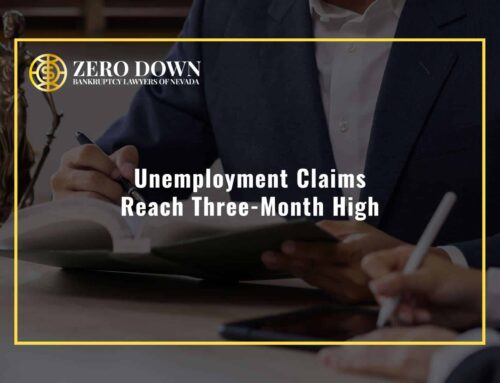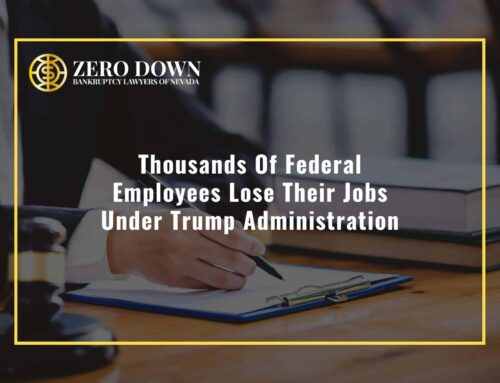Some people assume that bankruptcy is a last-resort option available to anyone who is struggling with debts. However, there are several factors that can disqualify a debtor from filing one or both of the most popular forms of consumer bankruptcy, chapter 7 and chapter 13. On the flip side, some debtors qualify to file either chapter of their choosing. The first step to making the decision of which to file is to determine your eligibility. Next, if both are options, the debtor should determine which benefits from each chapter would help their situation the most.
Prior Bankruptcy Filings
Prior bankruptcy filings can be a determining factor in a debtor’s future bankruptcy qualification. There is no limit to how many times a person can file for bankruptcy, but there are certain waiting periods that must be observed between bankruptcy filings or the subsequent case will be dismissed. The waiting periods for bankruptcy cases are as follows:
- Chapter 7 to Chapter 7: 8 years
- Chapter 7 to Chapter 13: 4 years
- Chapter 13 to Chapter 13: 2 years
- Chapter 13 to Chapter 7: 6 years
The only exception to the waiting periods between bankruptcy filings comes with the last scenario, with the first filing being a chapter 13 and the proposed subsequent filing being a chapter 7. The waiting period can be shortened if the chapter 13 debtor made a good faith effort in their payment plan and paid off at least 70% of their unsecured debts. Do you have more questions about the waiting periods between bankruptcy filings, especially checking to see if you qualify for the chapter 13 to chapter 7 exception? Schedule your free consultation with our Arizona bankruptcy team today by calling 602-609-7000.
Income Qualification
As previously mentioned, it is possible to qualify for both chapter 7 and chapter 13 bankruptcy at the same time. It is also possible to qualify for neither of them. A bankruptcy petition filed under the wrong chapter will result in a dismissed case, which causes the protections from the automatic stay to lapse. Even if the case is re-filed, the temporary pause in court protections could provide creditors with an opportunity to collect your assets despite your bankrupt status. That is why it is crucial to confirm that you are income-qualified for your selected chapter of bankruptcy before filing your petition with the court. Bankruptcy courts look at the debtor’s last six months of income for qualification purposes. You will need your paystubs going back at least that far, although the trustee can request information from earlier dates. You should be prepared to present this documentation to your trustee and potentially explain further at your 341 Meeting of Creditors.
Chapter 7 Income Eligibility
Income qualifying for chapter 7 bankruptcy is all about proving that your income isn’t high enough to pay off your debts. Debtors who can prove they are income-eligible get the privilege of clearing all of their unsecured debt without priority status. One income criteria used to qualify for chapter 7 bankruptcy is comparing household income to median household income. The court looks at the debtor’s average monthly income taking the last six months into account. If the debtor’s household income exceeds the state median, they can also attempt to qualify for chapter 7 bankruptcy using the means test. This test deducts mandatory expenses from average monthly income to find disposable monthly income. Negative disposable monthly income or disposable monthly income that falls within certain guidelines indicate that the debtor is eligible for chapter 7 bankruptcy.
Chapter 13 Income Eligibility
The first step to determining if a debtor is income-eligible for chapter 13 is figuring out how long the payment plan will be. If the debtor’s average monthly income falls below the state median, qualifying them for chapter 7 bankruptcy, their chapter 13 payment plan would last 3 years. This is a debtor who could qualify for chapter 7 or chapter 13. If the debtor’s income is above the state median, their chapter 13 payment plan lasts 5 years. After determining how long the payment plan will last, the debtor should make sure they will be able to pay off three categories of debt in full in their allotted time frame. The three categories that must be paid in full are secured debts, priority debts, and fees associated with the bankruptcy filing. Unsecured non-priority debts only need to be paid as much as the debtor can afford.
Are you unsure if your income qualifies you for chapter 7 bankruptcy, chapter 13 bankruptcy, or both? Don’t be shrouded with uncertainty going into either type of bankruptcy filing in Arizona. Let a skilled member of our bankruptcy team review your situation to determine which, if either, bankruptcy chapter is right for you. Want to start with a firm that offers free consultations and zero down payment options? Schedule your free consultation with My AZ Lawyers today by calling 602-609-7000.
Saving a Home From Foreclosure
Bankruptcy’s automatic stay can stop a number of collection actions, including a home foreclosure. But the long-term effects of the two different bankruptcy chapters on a home foreclosure are different. Chapter 7 bankruptcy does not clear secured debts, like home mortgages. Therefore, it will only hold off a home foreclosure as long as the case lasts if the debtor doesn’t resolve the outstanding balance in the meantime. A chapter 7 bankruptcy case generally lasts 3 to 5 months. If the debtor needs more time than that to catch up on their mortgage, chapter 13 might be a better fit. A chapter 13 bankruptcy gives the debtor 3 or 5 years to catch up on their mortgage payments and continue making their regular monthly mortgage payments during the case. A mortgage provider should have no cause to proceed with a home foreclosure after the successful completion of a chapter 13 bankruptcy case. Chapter 13 bankruptcy also provides debtors with the opportunity to discharge secondary mortgages on their homes. To learn more about permanently stopping an Arizona home foreclosure with chapter 13 bankruptcy, call 602-609-7000 for your free consultation with our firm.
Other Factors To Consider
Income eligibility and prior bankruptcy filings aren’t the only factors you should consider when deciding between chapter 7 and chapter 13. Some of the other factors you might consider include:
- Whether your assets are protected by state bankruptcy exemptions
- How long you can commit to your case lasting
- What you want to happen to your unsecured debts
- If there is a possibility you will have a greater need for bankruptcy in the future
As you can see, there are many moving parts to making the first decision of the bankruptcy process. Which chapter to file is just one of the several choices you will need to make throughout your case to improve its effectiveness. Making these decisions without expert legal guidance puts you at a disadvantage. Our zero down bankruptcy law firm will walk you through your options and if bankruptcy is a fit, provide you with pricing as well as zero down payment options. To learn more today with your free consultation, call 602-609-7000. Don’t hesitate to contact us today!
Arizona Offices
Phoenix Location:
343 W Roosevelt Street, Suite #100
Phoenix, AZ 85003
Email: [email protected]
Phone: 602-609-7000
Mesa Location:
1731 West Baseline Rd., Suite 101
Mesa, AZ 85202
Email: [email protected]
Glendale Location:
20325 N 51st Avenue, Suite #134
Glendale, AZ 85308
Email: [email protected]
Tucson Location:
2 East Congress, Suite #900
Tucson, AZ 85701
Email: [email protected]










